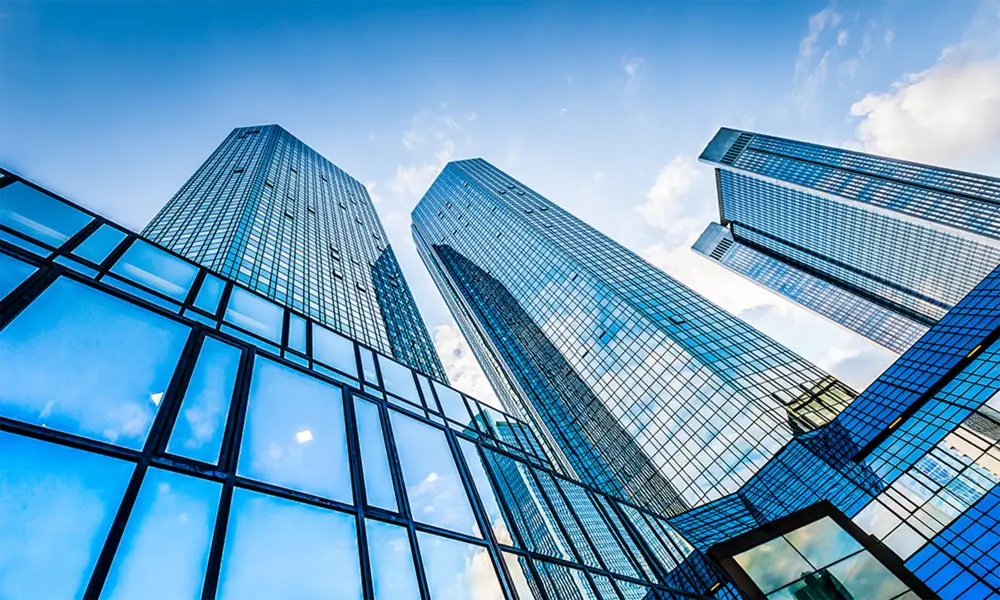

The Benefits of Low Reflective Glass A Modern Solution for Architects and Designers
In recent years, the architectural landscape has evolved dramatically, driven by the quest for sustainable building materials and innovative design solutions. One such material that has garnered attention is low reflective glass, which offers a blend of aesthetic appeal, energy efficiency, and practicality. This unique type of glass has become a preferred choice for architects and designers seeking to enhance both the functionality and beauty of their structures.
Low reflective glass is specially designed to minimize reflections and glare, making it an ideal option for both residential and commercial buildings. Unlike traditional glass, which can create harsh reflections that disrupt the overall appearance of a building and its surroundings, low reflective glass seamlessly integrates with its environment. This characteristic enhances the visual appeal of the structure, allowing it to harmonize with other elements in the vicinity and reducing the need for extensive landscaping or other modifications to mitigate glare.
One of the key benefits of low reflective glass is its energy efficiency
. By significantly reducing glare, it allows for greater natural light penetration into spaces, diminishing the reliance on artificial lighting during the day. This not only lowers energy consumption but also contributes to a healthier indoor environment, as exposure to natural light has been linked to improved mood and increased productivity. Furthermore, the energy-saving properties of low reflective glass can lead to reduced heating and cooling costs, making it an economically viable option for homeowners and businesses alike.
Additionally, low reflective glass enhances the comfort of indoor spaces. Traditional reflective glass windows can create a disorienting effect, causing discomfort to occupants and compromising the functionality of the space. Low reflective glass mitigates this issue, allowing for a more pleasant and inviting atmosphere. This is particularly important in spaces like offices, schools, and healthcare facilities, where productivity and well-being are paramount.
Another significant advantage of low reflective glass is its impact on the aesthetics of a building. Architects can create dynamic and striking designs, utilizing the glass's capability to make buildings appear more expansive and open. When used in facades, low reflective glass can help achieve a seamless connection between indoor and outdoor environments, blurring the lines and fostering a sense of unity with nature. This is especially relevant in urban areas where green spaces are limited; low reflective glass allows for the incorporation of natural elements, enhancing the user experience.
Moreover, the use of low reflective glass contributes to sustainability efforts. As the architecture industry increasingly prioritizes environmentally friendly practices, materials that promote energy efficiency, reduce carbon footprints, and enhance occupant comfort are in high demand. Low reflective glass can be manufactured with sustainable processes and often integrates easily into energy-efficient building designs, qualifying for various green building certifications.
In conclusion, low reflective glass stands out as a versatile and beneficial choice for contemporary architecture. By offering reduced glare, improved energy efficiency, enhanced comfort, and aesthetic appeal, it serves as a testament to the innovation and creativity of modern design. As architects and designers continue to push the boundaries of what is possible in building design, low reflective glass will undoubtedly play a crucial role in shaping the future of sustainable and visually stunning structures. Its advantages not only contribute to the livability of spaces but also provide a pathway toward greener practices in the building industry, making it an essential material for forward-thinking projects.